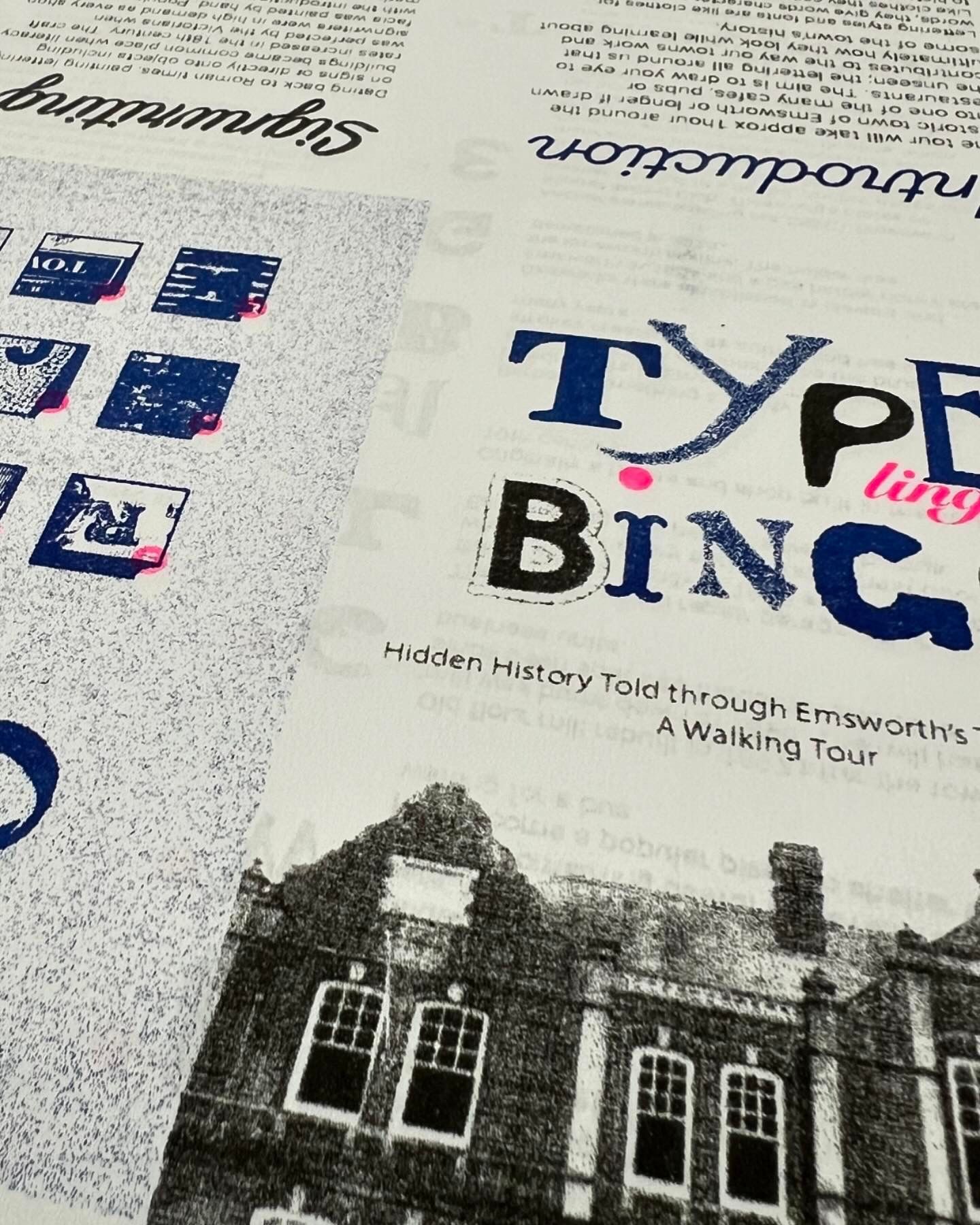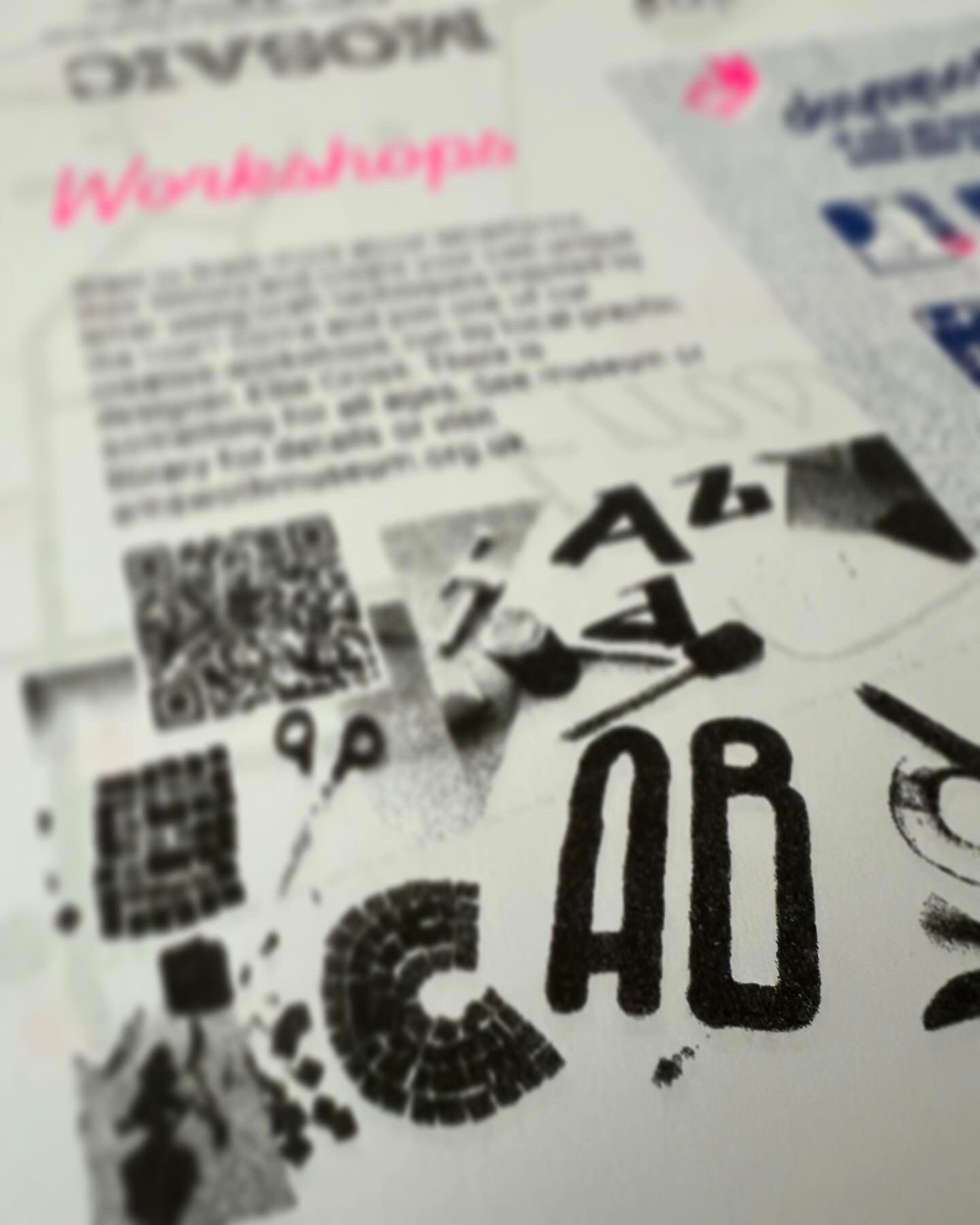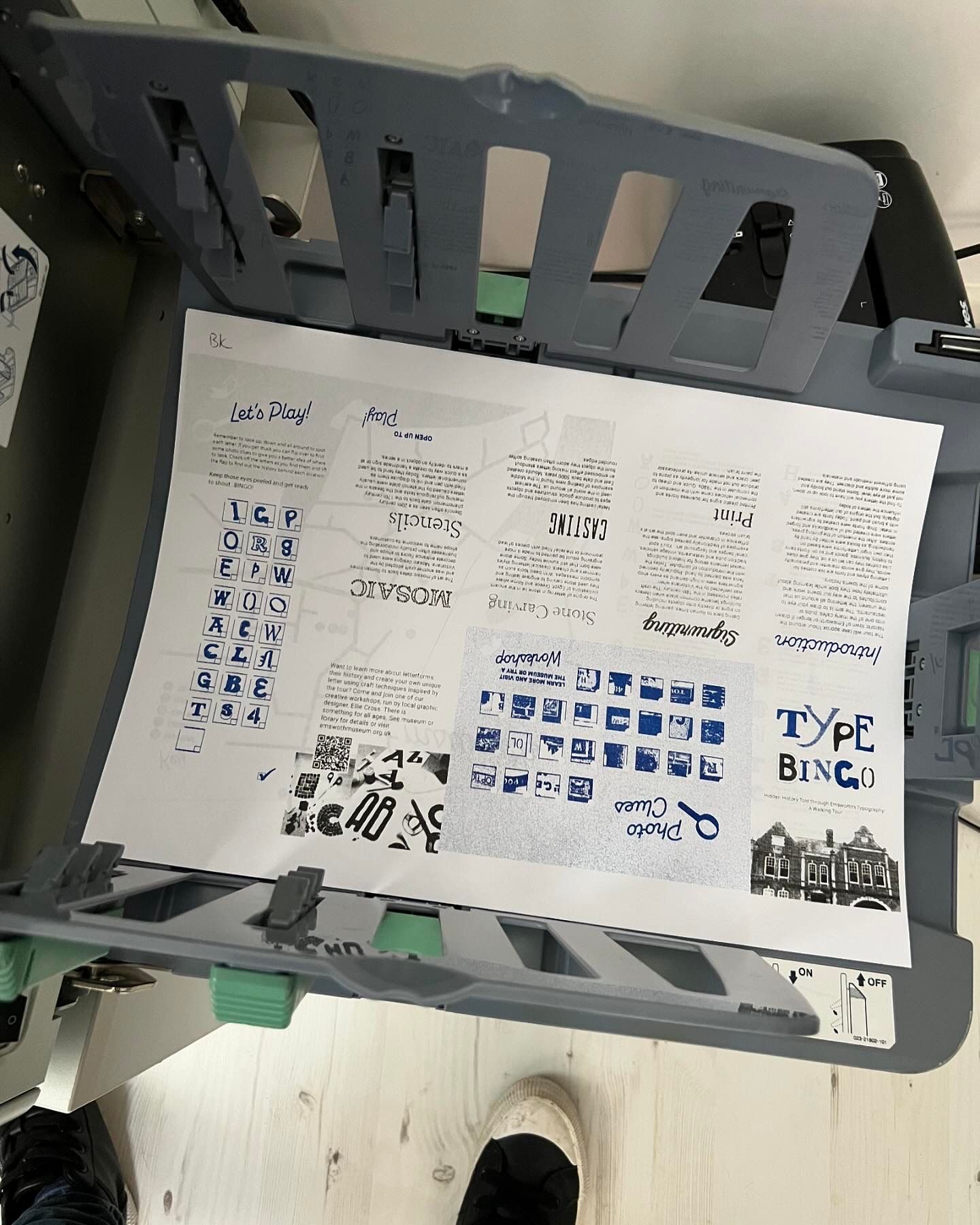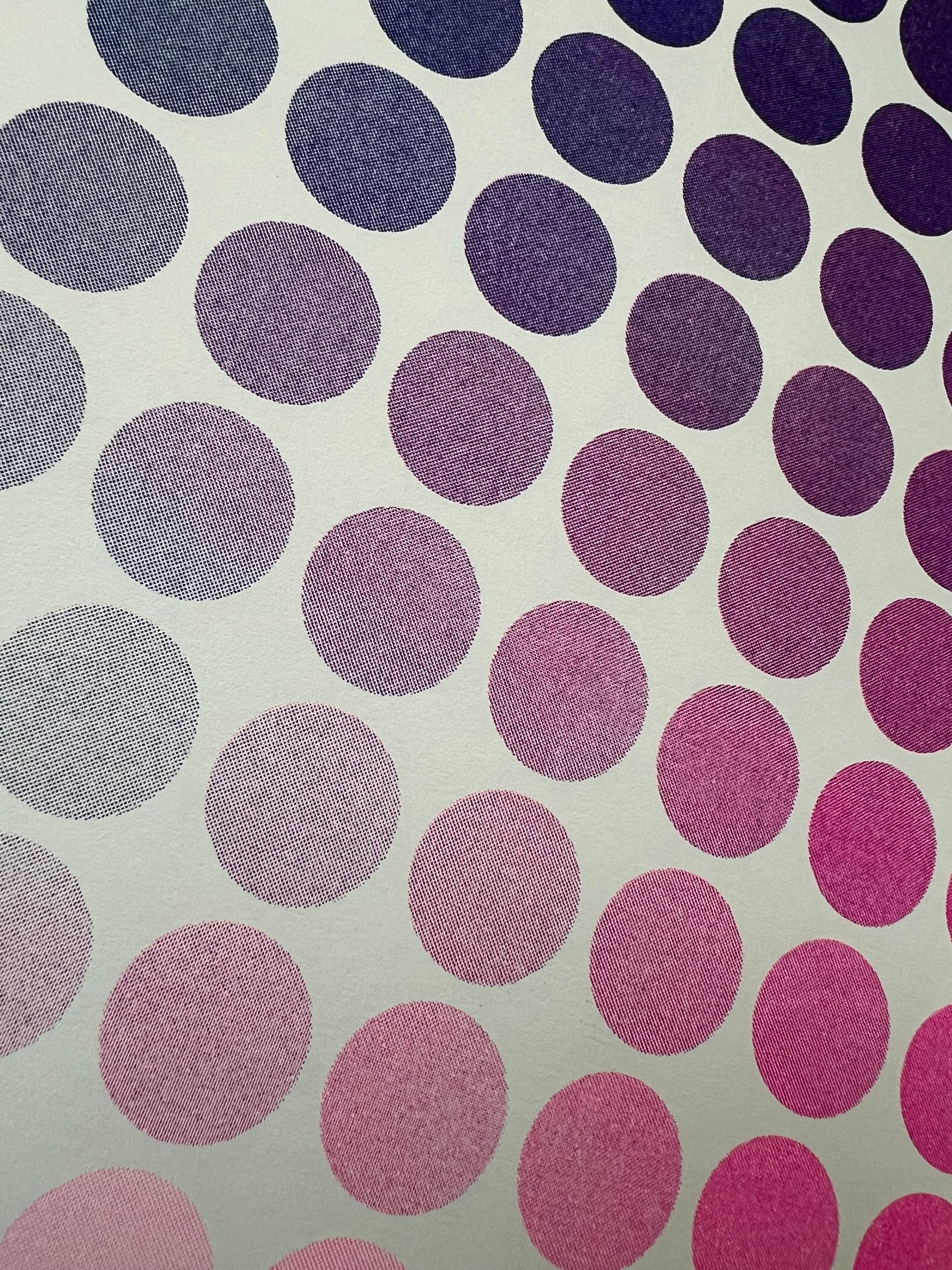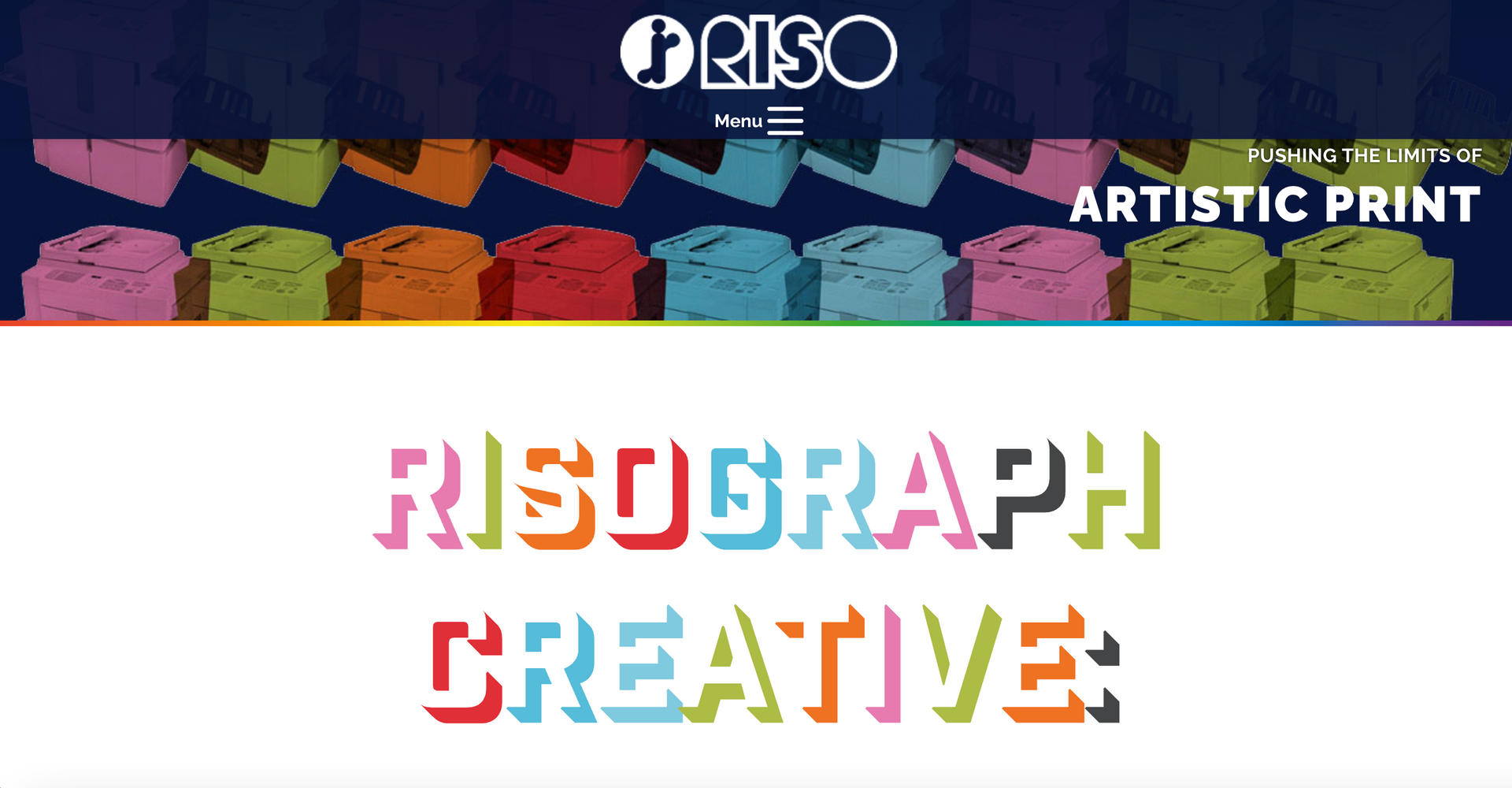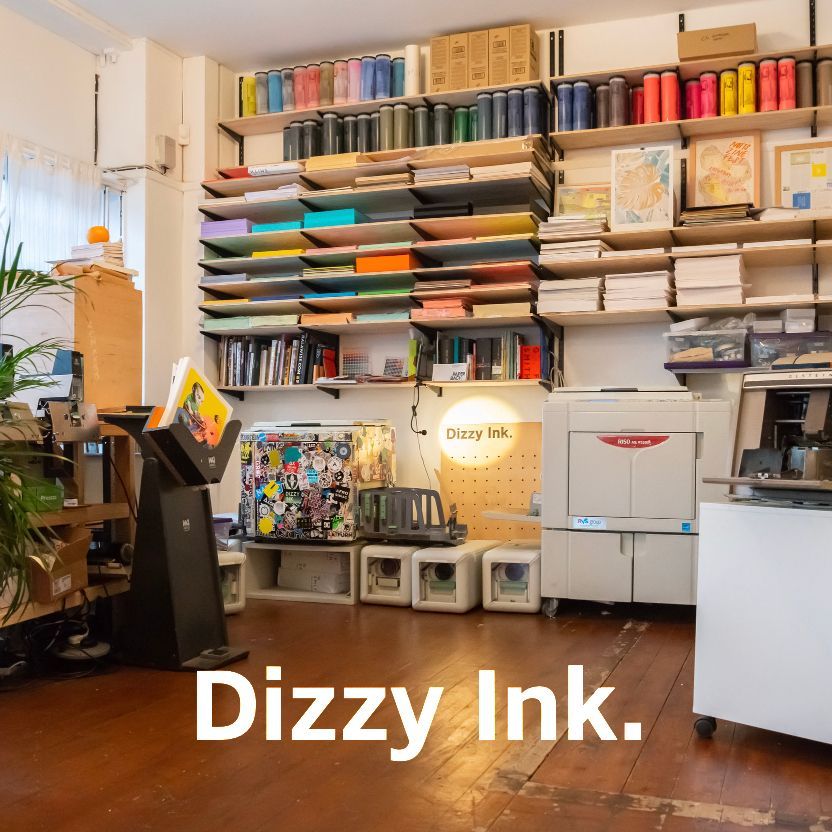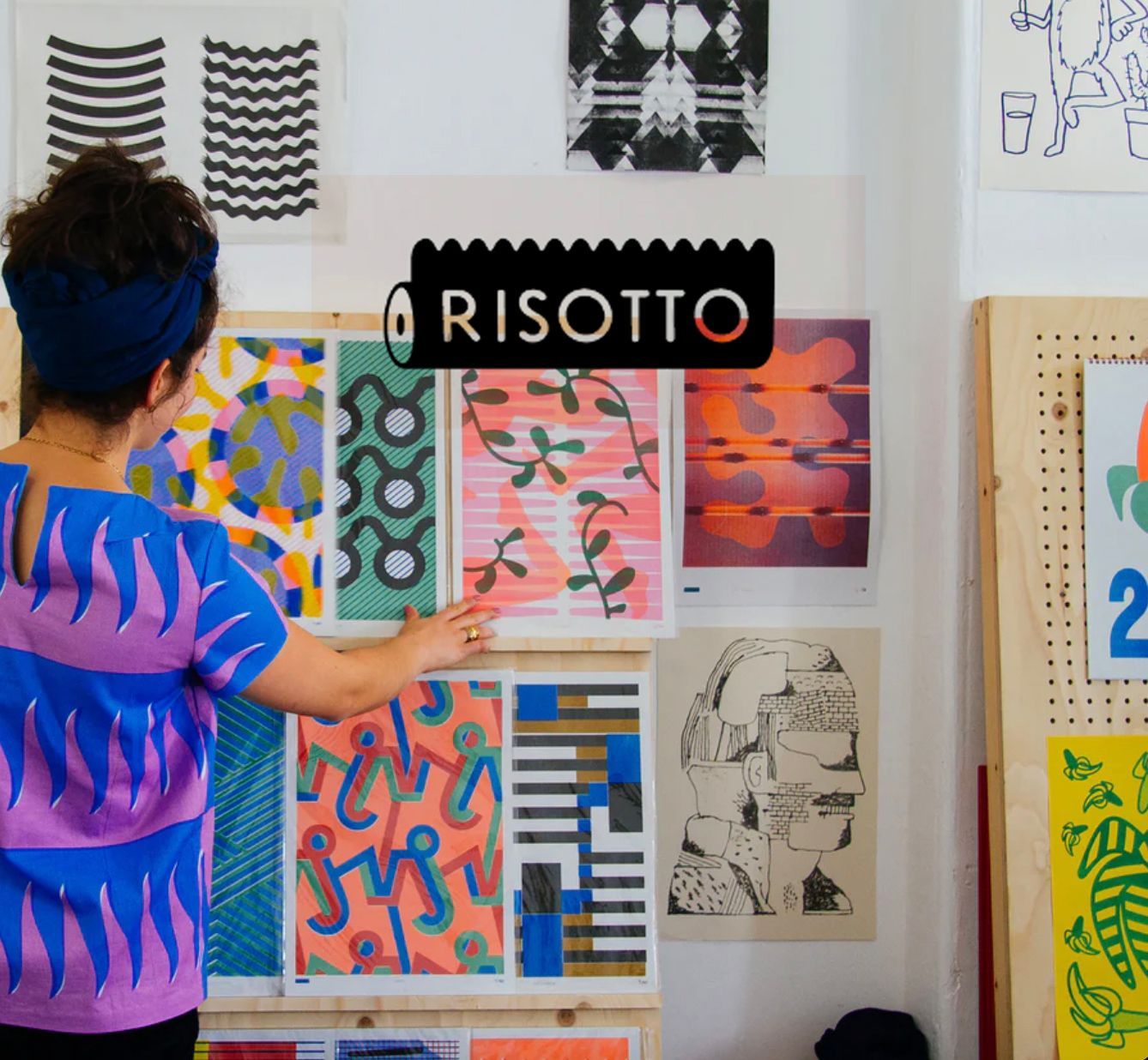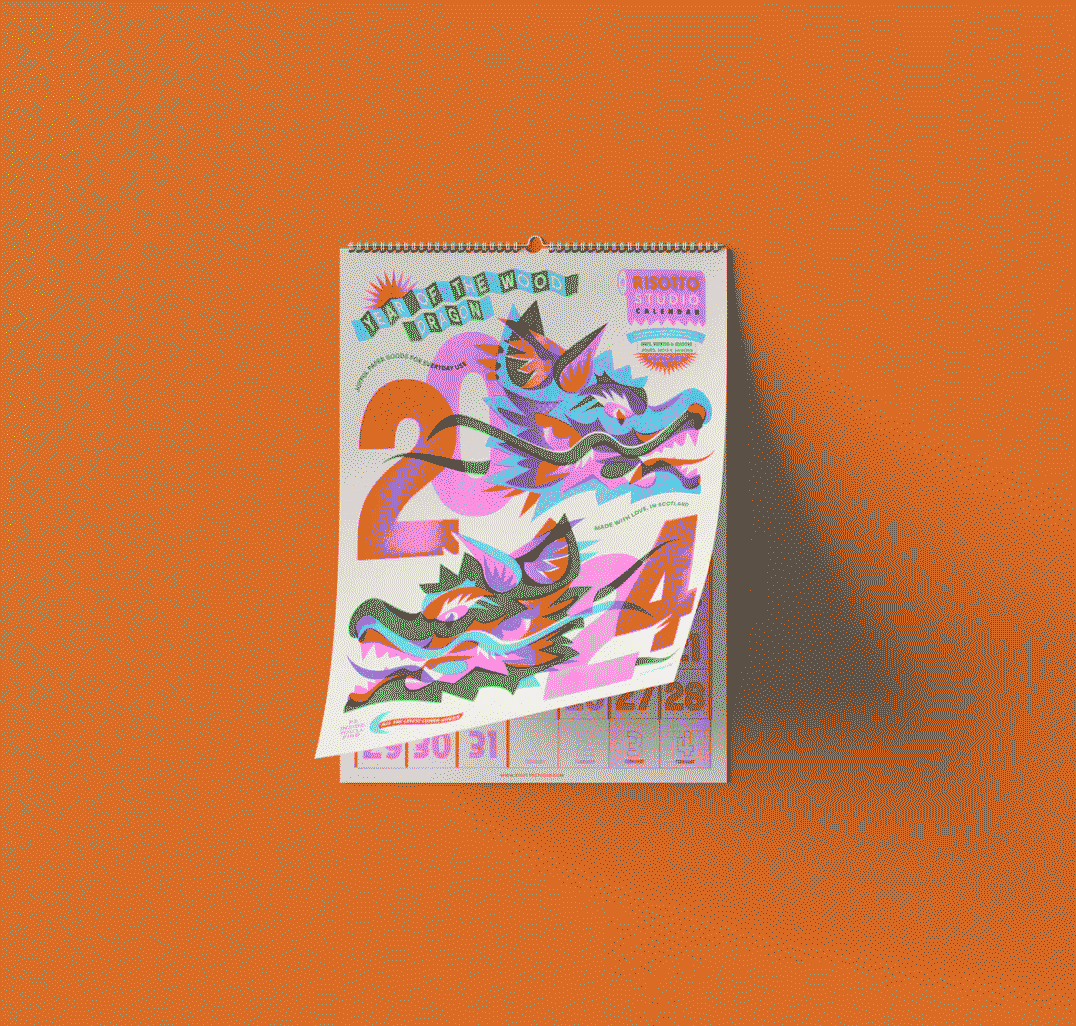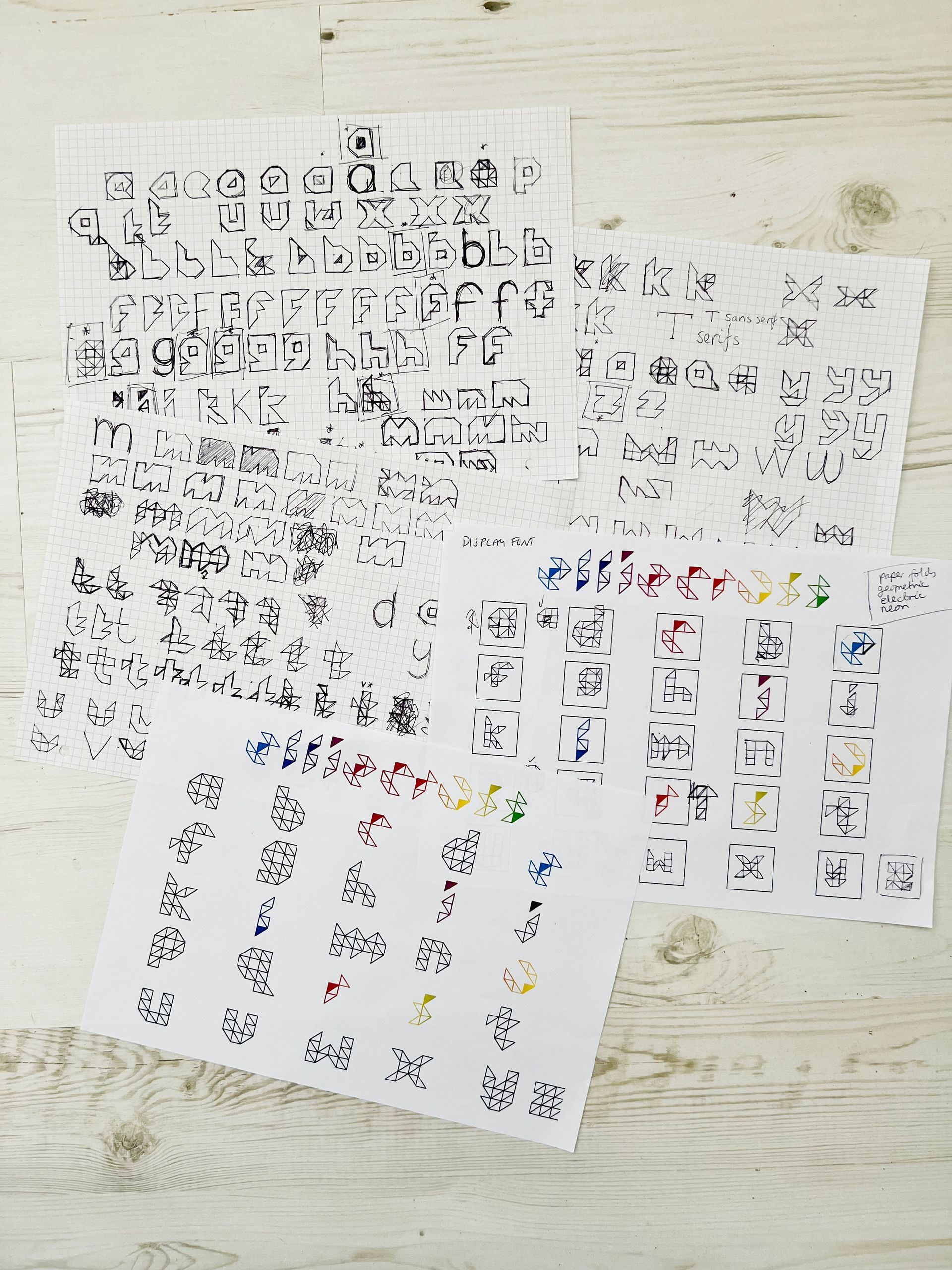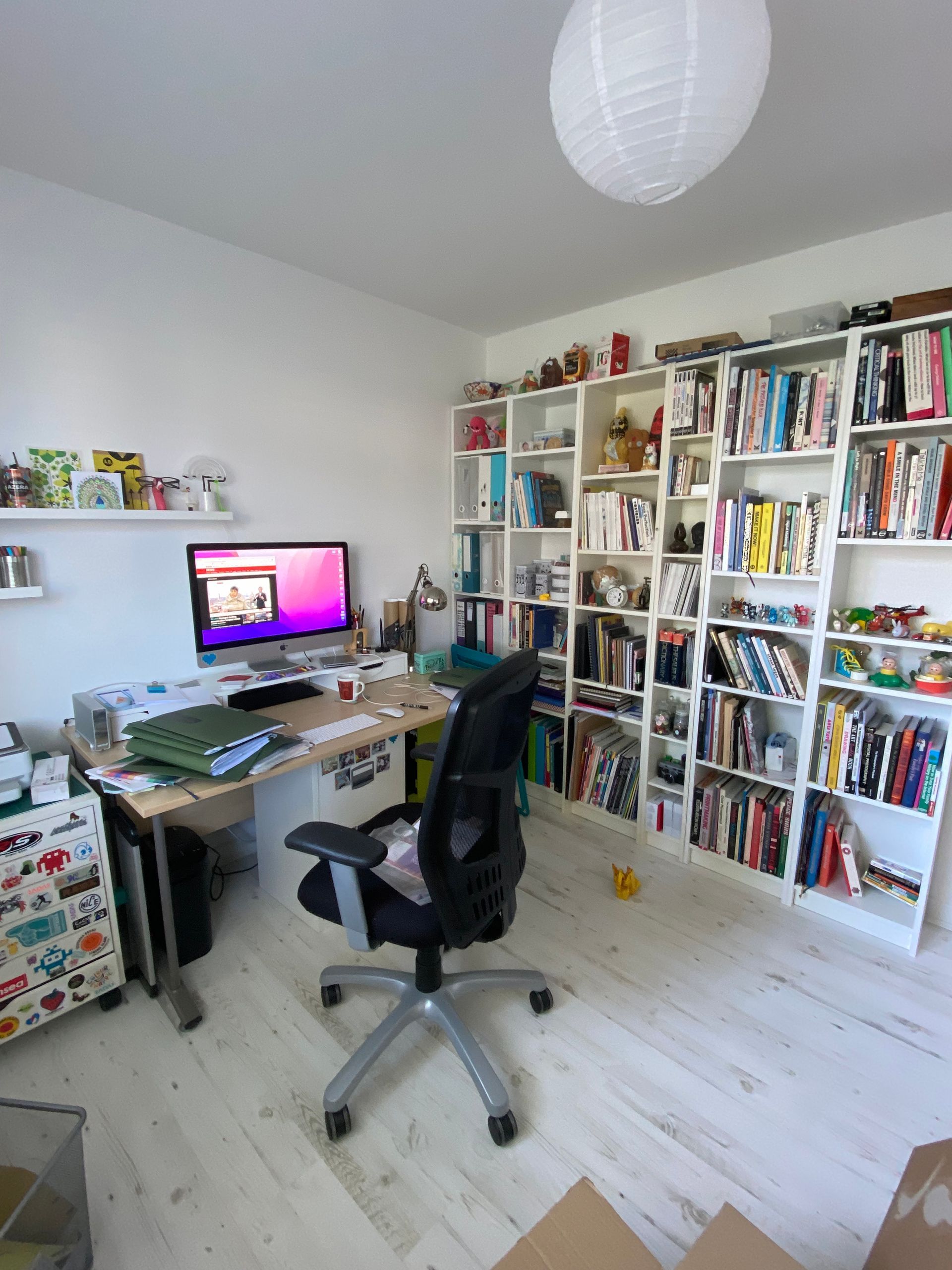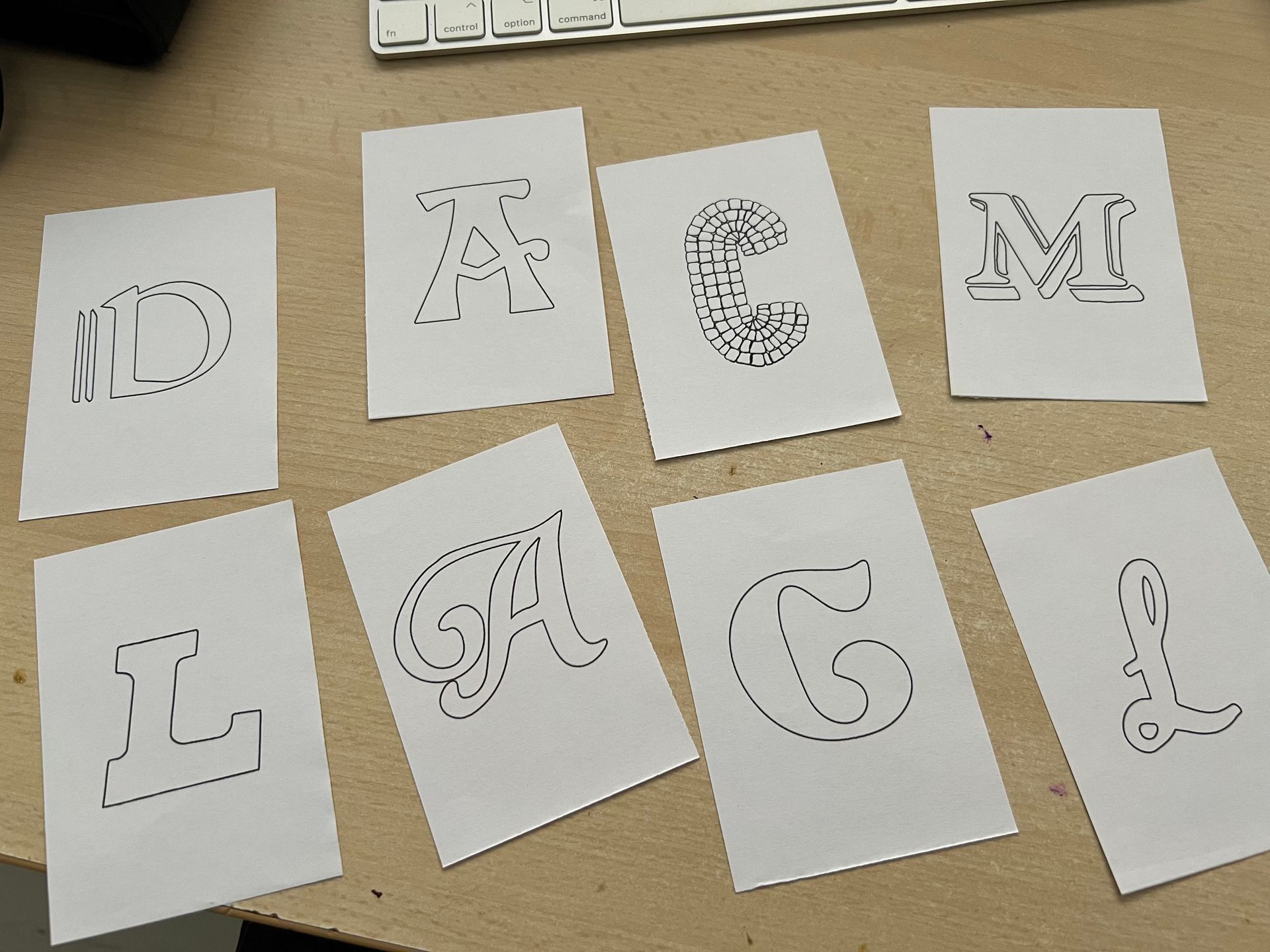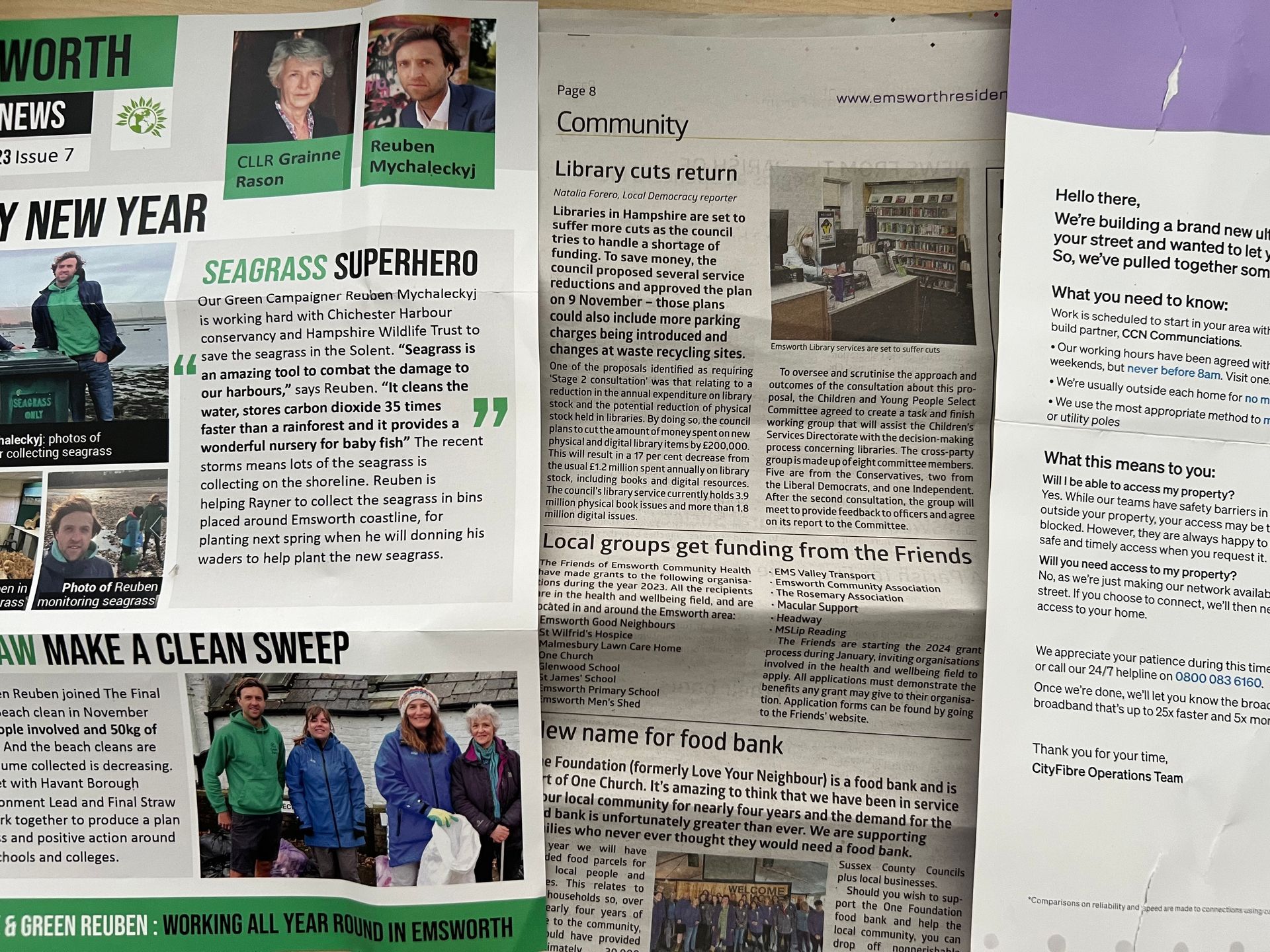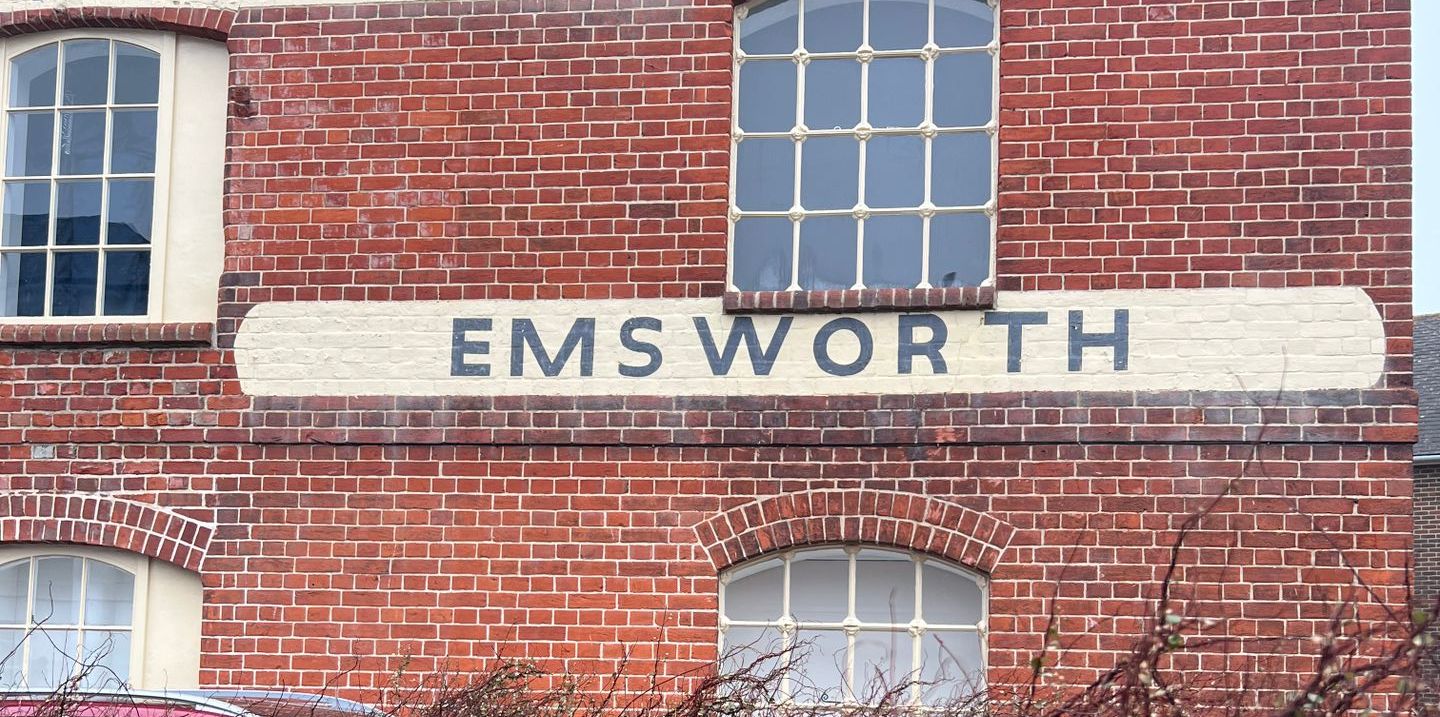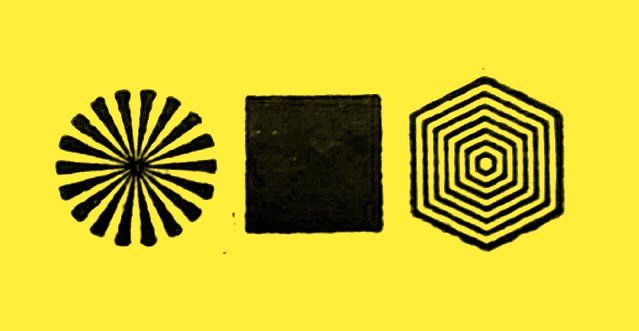Business Models, Studios, Estimating, Invoicing and Budget Management | Test & Rehearse
Who? What? When? Why?
Thinking about me and what I like doing, what am I passionate about? I jotted a few things down and wrote about me:
Ellie Cross has been a graphic designer for 18 years and educator for 6 years. She has produced numerous small publications for artists, advertising for small businesses and she loves to make. Ellie has taught in further and higher education. She has also worked as a graphics technician bringing a wealth of practical solutions and specialisms in print. Living in an area of outstanding natural beauty close to both the sea and the countryside, Ellie is passionate about the environment and always looking for ways to reduce waste or be kinder to the environment.
From this I created a model to show my expertise, see above, and somewhere in the middle of the overlaps is where I want to be.
With an already established small design studio, I have wanted to have some other revenue streams that involve the above. My wish has always been to have some sort of shop be it a physical one or online and doing the occasional makers market stall to promote and sell my work. I love running workshops so this is something else I would like to incorporate. I am also a keen maker and love to turn my hand to new crafts and just make STUFF.
After my discovery of risography with the workshop I'd attended a few years ago, I went and bought a riso machine on a whim earlier in the year. My intention on 720 was to print my 'Type Lingo Bingo Map' on the Riso. Sadly due our very old electrical fuse board being replaced and having no electricity I was unable to print my final outcome on the riso in time for the project deadline. That aside I have still run this as my first print run below. I reproduced the map making masters from A4 inkjet printed copy, as I hadn't got round to sourcing and installing a driver for the Riso on my mac.
I then created a sample print in Adobe Illustrator showing how the colours could be used with different densities to get more from each colour. Plus because riso inks are translucent you can create more colour options. My next purchase would be a yellow to create a CMYK of sorts. I used the same method of enlarging and copying some A4 inkjet prints to print some copies.
This lengthy method creating ink and paper waste led me to chasing the technician at my Riso supplier for a driver, as he was going to source the best one and test it for me. This had not happened and I therefore had a go at downloading it myself and installing but it was asking for a serial number, which wasn't the one belonging to the machine itself. A technician came out and found out after a few phone calls that Apple had fallen out with Riso and wouldn't support the drivers without an additional purchase of a serial number! An additional cost not accounted for but at least not as much as the machine itself! Anyway once I'd got it all up and running it was smooth running. I am so excited I just want to spend all my time designing things to print...haha.
Why Riso?
While studying Communication Design at University of Portsmouth, I found a love for colour, bold, bright and neon. Colour brings joy and can make people happy! I found screen printing but it was practically impossible to get into the print room. I longed for something more accessible to explore the process at home. I stumbled across a RISO Print Gocco on eBay and used it to make my Xmas cards that year. Fast forward to a few years ago and I found Omega printers in Portsmouth, where you could become a member and then book in on open sessions to use the facilities. However, it is still a long process coating screens, drying them, then exposing them to make the stencil and then cleaning them off again and drying before printing. Then factor in travel time etc.
As mentioned in week 1 I then found a risograph workshop run by Four and Eights and I was sold. Using a similar process to screen printing, the riso machine makes the stencil for you in minutes and then you're away. No mess, no fuss and beautiful vibrant colour AND TEXTURE. It is also extremely quick at printing! Due to the nature of the machine being a copier and the paper being pulled through there is some movement putting designs out of alignment. However, you can adjust the registration but only left and right to reduce some of this and add trapping to your designs where needed. This does add to the creative feel of the prints, an added uncertainty that brings character to the printing and making no two prints the same, unique! This foible gives a handmade feel and adds to the quirkiness of risography enhancing the need to experiment.
From an environmental point of view the riso duplicator does not use toxic toners like a photocopier, but inks made from rice bran. Rice bran, which would be otherwise wasted, is a raw material with no volatile organic compounds (VOCs), so after the oil is extracted for the ink, it can subsequently be used as fertiliser or animal feed.
No harmful chemicals that you would use in screen printing to remove stencils from screens. Instead the riso machine uses bamboo fibre with resin for its master stencils, see above, which once used have left over ink coated on them and is the only waste product. I have done some research and have found some riso users use the old stencils for mono-printing, so they at least get any other use. I will investigate further to see if there could be another way of recycling them. Due to the masters not just being made of bamboo fibre and mixed with resin, it appears to be a myth that they are compostable.
Other environmental impacts would be the use of paper, but this can be lowered by using only sustainable sources. Sustainable paper is produced using virgin fibres from Forest Stewardship Council (FSC, 2024) and Programme for the Endorsement of Forest Certification (PEFC)-certified forests. Recycled papers have become big business with paper companies and there is a huge range to choose from. Fenner paper are now offering coffee infused paper or seeded paper for planting after use (Fenner, 2020).
To get me started with my Riso I bought some tried and tested uncoated papers in varying weights and textures from Risotto studio, so I could get going and experiment (Risotto, 2024b). In order, to keep my costing low, allowing for a markup and still offer the best price for customers paper would be cheaper in larger quantities and straight from the supplier, GF SMITH (GF Smith, 2024) and Paper Back Paper (Paper Back Paper, 2024).
Riso describes their draw for creative and sustainable printing: 'All of our RISO duplicators use an emulsion ink, most of which is based on sustainable raw ingredients such as soy oil or rice bran, adding to the low environmental impact of the process. Being an emulsion ink, it can successfully print on a very wide range of uncoated stocks using 21 standard colours with many specialist inks such as fluorescent shades and a metallic gold. Risograph printing has proven itself over decades to be fast, affordable, ethical and eco-friendly, whilst the outcomes are completely unique', (Riso, 2023).
'Risography is both a subculture and printing method with an unusual and unique aesthetic which has been a large drawn for artists, designers, creatives and bookmakers embracing its charming imperfections' (Amell, 2017, p7). I find it a welcome escape from commercial work where many projects require a clean, precise and sharp finish especially for the corporate sector.
Unused prints could be repurposed and used for more experimentation, new prints, collages, offcuts for bookmarks, notebook inserts or covers. No paper waste or at least reused!
A local printer, Key Print, used to print the local newspaper, The Ems, which is now being printed out of area. Emsworth could have a local culture newspaper covering the arts, music and performing arts. This could complement the arts trail, performances, music events etc and promote local artists and designers.
On speaking to my Riso supplier (Apple Office Equipment), I asked who used their machines. Their main customers are churches who use the copiers for their events and service programmes. Creative outlets include Brighton University who offer a low-cost, small run print service for their students.
Potential customers in the area: Schools and colleges, art groups, artists and designers, community groups, poetry groups, performance groups, local bands and environmental organisations, museums, art centres, community centres.
Riso Studios: Business Models
Dizzy Ink
INKS = 12 | MACHINES X 3
PEOPLE: DUO
SERVICES: MEMBERSHIP | WORKSHOPS | PRINT | SHOP | PRINT PARTIES | COLLABORATION
LOCATION: Nottingham
FOCUS: Education and DIY
Source: (Kamurki, 2017, p197)
Printed Goods
INKS = 6 MACHINES X 1
PEOPLE: DUO
SERVICES: PRINT | IN-HOUSE PUBLICATION | COLLABORATION
LOCATION: Bristol
FOCUS: Print service and platform to pursue other creative endeavors.
STYLE: Folklore and myth inspired.
Source: (Kamurki, 2017, p196) and Printed Goods, 2024.
Risotto
INKS = 15 | MACHINES X3
PEOPLE: MONO
SERVICES: SUBSCRIPTION | WORKSHOPS | PRINT | SHOP
LOCATION: Scotland
FOCUS: Specialist, playful and experimental.
STYLE: Pattern
Source: (Kamurki, 2017, p202)
Four and Eights
INKS = 6 | MACHINES x3
PEOPLE = DUO
SERVICES: WORKSHOPS | SHOP
LOCATION: Portsmouth
FOCUS: Experimental and education.
STYLE: All things Portsmouth. Proper Pompey! Local interest and dialect (Pompeyisms).
Source: (Fours and Eights, 2024).
Key Take-Aways:
- It does not matter how big your ink or paper stock is: start small and GROW!
- All profits could be directed into purchasing new equipment and making new things.
- Recycle everything!
- Do not be afraid to ask for help!
- Join Riso forums for technical support (aside from Apple Office Equipment)
- Always be transparent regards costs.
Costs
Machine
ink
masters
maintanance
paper
Design Services hourly rate
References
Amell, C. (2017), Risography - Loving Imperfections. Monsa: Barcelona.
Axa (2024), How to Price a Product. Available at: https://www.axa.co.uk/business-insurance/business-guardian-angel/how-to-price-a-product/ [Accessed 11th June 2024].
Bishops Printers (2022), Environment. Available at: https://www.bishops.co.uk/this-is-us/environment [Accessed 30 June 2024].
Dizzy Ink (2024), Shop. Available at: https://www.dizzyink.co.uk/shop [Accessed 15th June 2024].
Fenner Paper (2020), Our Products. Available at: https://www.fennerpaper.co.uk/ [Accessed 15 April 2024].
Forest Stewardship Council (2024), What’s in a label? Available at: https://fsc.org/en/what-the-fsc-labels-mean [Accessed 30 June 2024].
Four and Eights (2024), About Us. Available at: https://www.foursandeights.co.uk/pages/about-us [Accessed 21 June 2024].
GF Smith (2024), Fine Collection. Available at: Ahttps://www.gfsmith.com/our-papers/fine-collection [Accessed 1 July 2024].
Havard Business School Online (n.d.), Business Insights. Available at: https://online.hbs.edu/blog/post/types-of-business-models [Accessed 26 June 2024].
HSDC (2023), Inkfluence Print. Available at: https://www.inkfluence-print.co.uk/ [Accessed 30 June 2024].
Kamurki, J. (2017), Risomania: The New Spirit of Printing. Verlag Niggli: Salenstein.
MG Imaging (n.d.), Print & Copy. Available at: https://www.mg-i.co.uk/ [Accessed 30 June 2024].
Paper Back Paper (2024), Context. Available at: https://www.paperbackpaper.co.uk/context/ [Accessed 1 July 2024].
Pitts, R. (2021), 51 Riso Studios You Should All Know About. Available at https://www.peopleofprint.com/best-of/51-riso-studios-you-should-all-know-about/ [Accessed 11th June 2024].
Printed Goods, (2024), About. Available at: https://printedgoods.net/ [Accessed 21 June 2024).
Riso (2023), Risograph Creative. Available at: https://www.riso.co.uk/risograph.html [Accessed 15 June 2024].
Risotto (2024a), Stationary. Available at: https://risottostudio.com/collections/stationery [Accessed 11th June 2024].
Risotto (2024b), Buy Paper. Available at: https://risottostudio.com/products/buy-paper [Accessed ].
Van den Akker, P (2024), How do you calculate your freelance design rate?. Available at: https://www.thedesigntrust.co.uk/calculate-your-freelance-design-rate/ [Accessed 3 July 2024].





